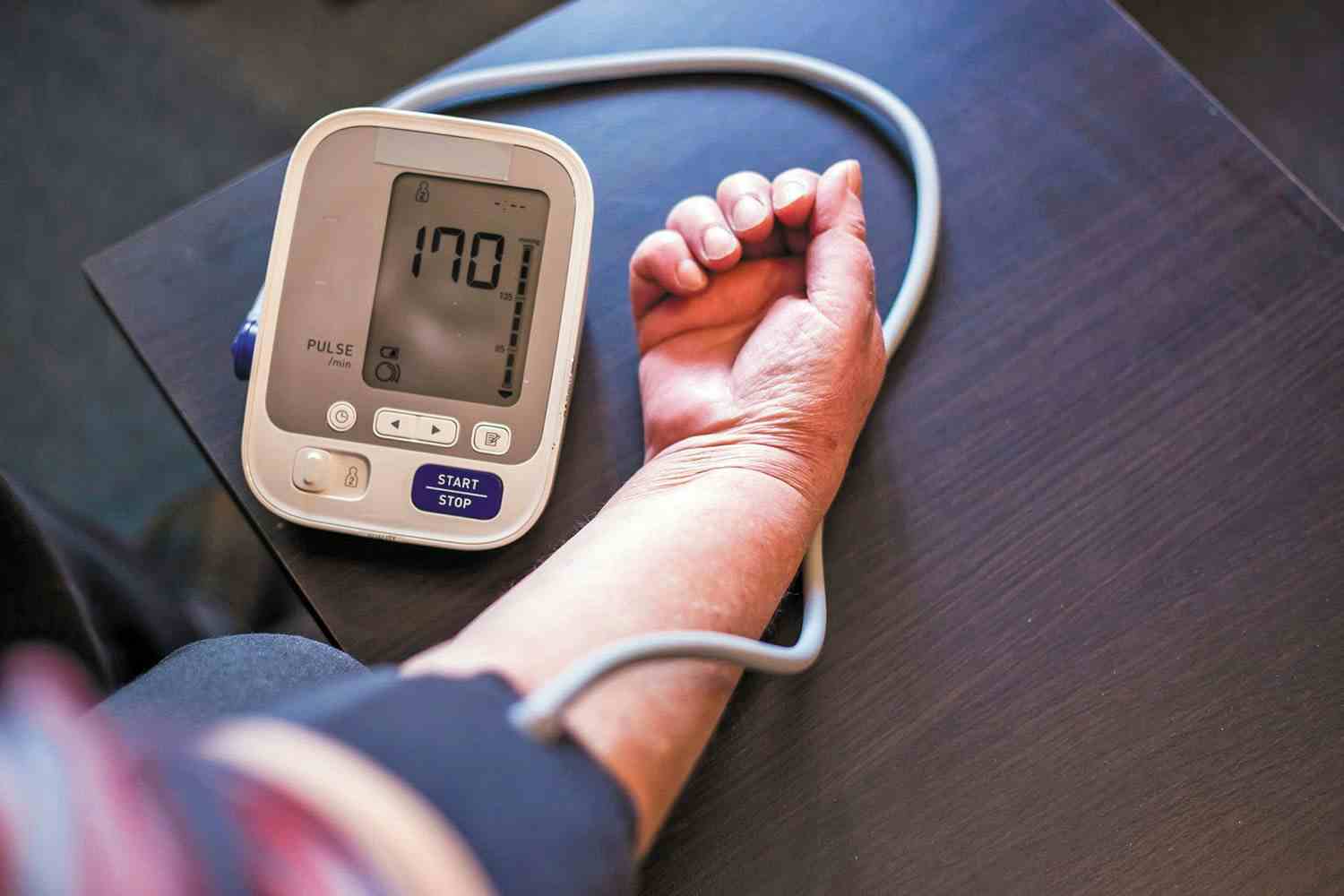Do Retail Clinics Really Reduce Health Care Costs?
A new study suggests that the cost savings from visiting a retail clinic over a doctor’s office or emergency room may be offset by frequent use.
The cost savings from visiting a retail clinic over a doctor’s office or emergency room may be offset by frequent use, new research suggests.
Findings from the study, which was recently published inHealth Affairs, didn’t support the idea that retail clinics decrease health care spending. On the contrary, the researchers concluded that retail clinics slightly increased health care spending because patients were frequenting them for minor conditions that they would have otherwise treated themselves.
To arrive at this conclusion, the study authors examined Aetna insurance claims data from 2010 to 2012 to track health care utilization and spending for retail clinic visits for 11 low-acuity conditions. In doing so, they found that 58% of retail clinic visits for these minor conditions represented new utilization, rather than substitution for emergency department or physician office visits. This was associated with a modest net increase in spending of $14 per patient per year.
Responding to the results, the Convenient Care Association (CCA) pointed out that the increased spending seen in the study represents “a little more than one-tenth of 1% of total health care costs compared to the value of enhanced access, which is the cornerstone and purpose of the Affordable Care Act (ACA) and the retail clinic industry.”
“Fifty to 60% of retail clinic users do not have a primary care physician. Given the significant shortage of primary care physicians, the ACA and other initiatives to expand health care access will not be successful without critical access points like retail clinics,” the CCA stated. “…[R]etail clinic users would more likely seek care at costly emergency departments—potentially at a point where a condition has worsened—if retail clinics were not around.”
The study authors also limited the scope of their study to minor conditions, which “misses the overall health care savings resulting from retail clinic care, especially as the clinics have expanded their services to include chronic disease care and wellness and preventive services, often in partnership with hospitals and health systems,” the CCA stated.
In addition, the study didn’t examine whether retail clinic visits prevented hospital admissions, which has potential to reduce overall health care spending. Even study author and health care economist Martin Gaynor, PhD, toldThe New York Timesthat the convenience of retail clinics may force physicians and hospitals to lower prices and expand hours to retain patients, which could reduce health care costs in the long run.
To add to that, Aetna, which didn’t fund the study but provided the insurance claims that supported it, stated through a spokesperson that, “Retail clinics are a convenient and flexible option that are available during extended hours, while traveling, and for minor health needs. They are also a good option for consumers who do not have a primary care physician and a far better setting for care than an emergency room.”
Today, there are more than 2000 retail clinics in 41 states and the District of Columbia that provide not only acute care, but also chronic disease care and expanded wellness and preventive services.















